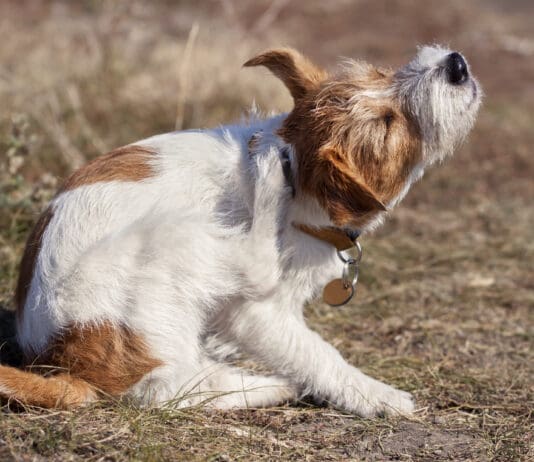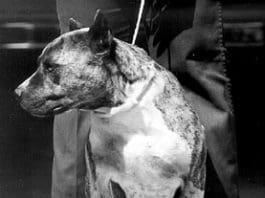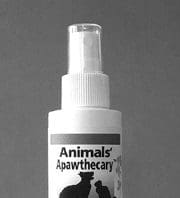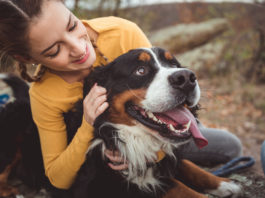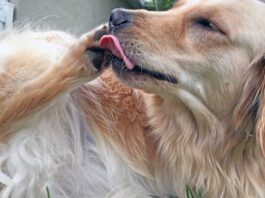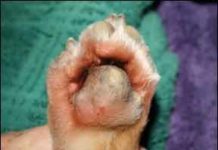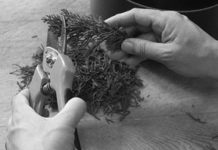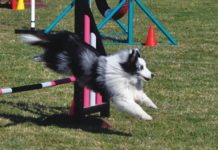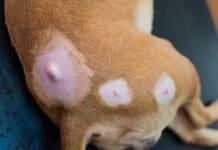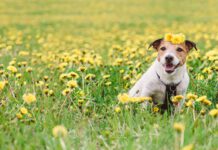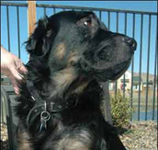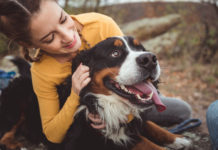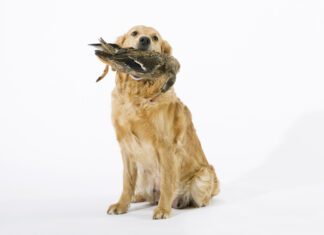Home Remedies for Itchy Dogs
When itching starts, consider what might have caused that reaction. Home remedies for itchy dogs might help, but only if they address the cause of itching.
Identifying and Treating Skin Conditions that can Affect Your Dog
Yikes! What happened to Fido’s nose? And what’s wrong with Fluffy’s paw pads? The possibilities are many, and a surprising number of nose and paw pad problems are related. Because illnesses in this category often have similar or identical symptoms, a veterinarian’s diagnosis can be important. The following overview will help you identify, prevent, or treat these disorders. The most frequently asked questions about dogs’ noses concern color. Dogs have black or dark noses and paw pads because of melanin, a pigment that darkens skin. When melanin production slows or stops, the skin lightens uniformly or in patches. The term nasodigital refers to both nose and toes. A thickening of the outer layer of skin (hyperkeratosis) at the edges of the nose or paw pads can develop into painful cracks, fissures, erosions, and ulcers.
Food Elimination Trial: A Valuable Tool (When Done Correctly)
A valid food elimination trial for the purpose of confirming food hypersensitivity consists of three phases: elimination, challenge, and provocation. In the first (elimination) phase, the dog is fed a diet consisting of a single protein source and a single carbohydrate source. Both of these ingredients should be completely “novel” to the dog – foods he’s never eaten before. (Thirty years ago, lamb and rice was the go-to food elimination diet, because those ingredients were not yet widely available in commercial pet foods. Because the diet was novel, few dogs had developed allergies to those ingredients, and “lamb and rice” gained an unearned reputation as a “hypoallergenic” diet.
Correcting Canine Skin Problems
When the dog’s skin is healthy, we don’t give it a second thought. But when it is out of whack – greasy, itchy, smelly, flaky, bumpy, or raw – it becomes the center of attention for our dogs, and us, too. There is no more miserable dog than one with a serious skin problem. The skin is the epithelial and connective tissue covering of the body. Skin is also referred to as the “integument,” a term meaning “a covering or investment.” Cutaneous is also used to describe the skin.
10 Steps to Healthy Skin and a Silky Coat for Your Dog
All dog lovers appreciate seeing a healthy, happy dog, running in the sun with a glistening coat. And it's great to hear, Wow! Your dog's coat is so soft and shiny. How do you do it?" It's wonderful if you are one of the lucky owners whose dog inspires this sort of spontaneous compliment
Is That a Cyst or a Tumor?
A “cyst” is a capsule that usually has fluid in it, although it can have air as well. “Tumor” is a general term, basically a generic swelling or mass.
How to Treat Dog Hives at Home
Hives are a common skin reaction in dogs that causes raised, itchy bumps on their skin. Hives can appear suddenly and may range in...
Behavior Modification for Itchy Dogs
Excessive self-licking and chewing can be caused by a medical issue. It can also be a behavioral problem, a classic example of an obsessive/compulsive disorder. Either way, it's annoying to the dog's human companion, and dangerous to the health of the dog. Here are tips for dealing with dogs who self-lick and chew excessively. To begin behavior modification, determine your dog's stressors and start eliminating them. Make a list of everything?you can think that is stresses your dog even just a little bit, even if the stressors don't seem directly related to the licking. Your list might include thunder, small children, dogs on television, cats, riding in cars, visits to the vet, shock collars, medical issues, and many more. Most owners can identify between 10 and 20 stressors for their dogs.
Hot Spots and Lick Granulomas
Your dog has a weeping, oozing wound on her leg or a yucky red blob on the top of her head, and at first you wonder how she injured herself. But if you've been around the dog-care block, you realize that it isn't a cut or scrape. That gooey mess might be diagnosed as pyotraumatic dermatitis, wet eczema, or a Staphylococcus intermedius infection, but it's what everyone calls a hot spot.
Heartworm Prevention for Dogs with Food Allergies
Did you know that there are unflavored monthly heartworm preventative chews?
Treating Your Dog’s Corns and Warts
Corns and plantar warts may be common on human feet, but they’re rare in dogs – unless the dog is a Greyhound. This breed is prone to corns. Corns are keratin calluses on the front center paw pads, such as under the second toe bone, which lacks subcutaneous tissue or padding. A common treatment for corns is their removal with a small curette or scalpel, followed by smoothing with a pumice stone and the application of salicylic acid pads or ointments. Roberta Mikkelsen of Pearl River, New York, hoped that hulling (surgical removal) would help her Greyhound, Chip, recover from his painful corns. “This is such a common problem in the breed,” she says, “that there is an online forum where people list the things that did or didn’t help. So far there isn’t a cure.” After Chip’s corn was removed, it grew back.
Why Your Dog is Licking Their Back Near the Tail
If your dog keeps licking their back near the tail it indicates discomfort due to allergies, fleas, hot spots or other issue to investigate.


